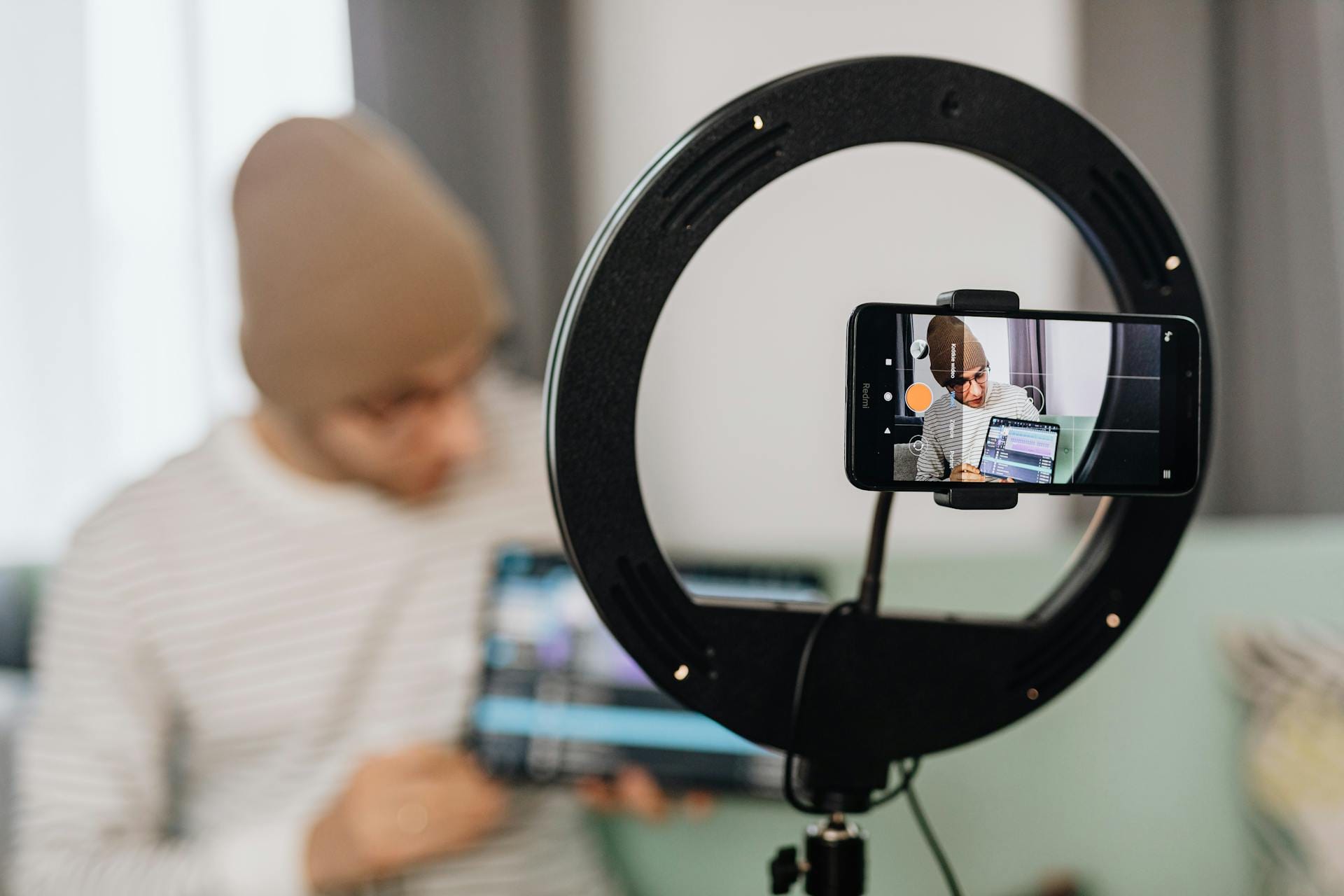
How to use the Envelope System to save hundreds per month
The Envelope System is a great method for saving money.
It works by allocating money for certain categories like eating out, shopping, movies, and so on in envelopes. Once you spend the money in the envelope, thats it for the month. You cant spend more.
Its a great system to use if you’re in debt, because it forces you to be actively aware of your spending but is it all its cracked up to be?
Lets break down exactly how the Envelope System works, why its good, and some of the drawbacks from utilizing it.
What is the cash envelope method?
The cash envelope system is a simple means of controlling your spending. Every month, you have a set number of envelopes, each one dedicated to a certain type of expense. You allot a set amount of money to each envelope, and thats the money you have to spend on that expense for that month. Examples of expenses could include:
- Housing (rent, utilities, etc.)
- Food (grocery store purchases, takeout, dining out, etc.)
- Entertainment (streaming video subscriptions, books, etc.)
- Student loans
- Savings
While the traditional envelope system uses physical envelopes and actual cash, there are more modern approaches. Tools like Mvelopes take the envelope system online, following the same principle but allowing you to track your spending digitally. This can be helpful since many types of expenses from Uber rides to student loan payments cant be paid in cash.
What are the benefits of cash stuffing?
You may also see the envelope method referred to as cash stuffing or cash envelope stuffing but its all the same thing. Whatever its called, this approach has some clear benefits that can help make it easier to establish and stick to a bulletproof budget. Following this strategic method, you can:
- Set and reach clear savings objectives and achieve them effectively through deliberate, regular contributions toward your goal. By proactively allotting a set amount of cash toward your goal every month, you avoid spending your money elsewhere and then having nothing left over.
- Avoid impulsive spending. Once youve used up the money in a given envelope, thats it for the month. You (theoretically) should wait until next month for more. For people who tend to spend impulsively (and then experience buyers remorse), this can be a way to improve spending habits.
- Take a hands-on approach to money management. This approach turns money management and spending into a tangible process. If you go with the old-school method of using physical envelopes, youll become very aware of every dollar you spend every time you reach into an envelope for cash.
- Become more disciplined in your relationship with money. By requiring you to consciously plan and think about how you spend your money, cash stuffing teaches discipline. Ultimately, it can help you gain better control over your finances, removing the fear associated with money when you feel like your finances are out of control.
The cash systems strength lies in its psychology. It doesnt require you to completely cut out the things you love like your morning latte.
By allotting envelopes for both necessities (like rent) and fun stuff (like entertainment), you can practice conscious spending: You spend on your money dials things you value and enjoy instead of denying yourself all pleasures.
How to start using the cash envelope system
Another benefit of the cash envelope system is how easy it is to implement. You dont have to tinker with complex Excel spreadsheets or pay for pricey software to get started. You can begin cash stuffing with your next monthly budget. Heres how to set yourself up for success.
Create a budget or conscious spending plan
Before you start envelope stuffing, youll need a clear budget. Following the conscious spending model, your budget should cover necessities and the extras you dont need but that improve your quality of life. Your overall budget can be divided into four buckets:
- Fixed costs like rent, utilities, food, insurance, health care, debt repayments, and transportation
- Investments like funds, stocks, and bonds
- Savings like cash savings or retirement savings like a 401(k) or Roth IRA
- Guilt-free spending on the wants that make everyday life great, like your Netflix subscription or luxury items you love
With your budget sketched out, you can go on to build a budgeting system in this case, the envelope method. If youre creating a budget for the first time, check out this easy guide for beginners. Even if you dont stick with cash stuffing long term, having a clear budget planner will help you with your overall money management.
Create spending categories
Following the conscious spending model, create spending categories within your budget. Lets say you have your savings bucket. You might further divide this into three categories, like saving for an emergency fund, saving for special occasions like birthdays and holidays, and saving for a specific goal like a car. Each of these secondary budget categories will get its own envelope later.
Set appropriate spending limits for each category
With your conscious spending plan hammered out and your spending categories defined, you can go on to answer the big question: How much will you allot to each category? In some cases, this will be dictated by external factors. Your fixed expenses like rent and car payments arent negotiable, for example.
Two popular budgeting approaches for divvying up expenses are the 50/20/30 and 70/20/10 rules. The 50/20/30 principle means allocating 50% of after-tax income to necessities, 20% to savings and debts, and 30% to the rest. The 70/20/10 rule means allocating 70% toward expenses, 20% toward savings, and 10% toward giving.
These arent hard-and-fast rules, though, and you have the freedom to establish your own guidelines. The point is to cover all four spending buckets (fixed costs, investments, savings, and guilt-free purchases) and then set a reasonable limit for each category (as well as the secondary envelope categories within that category). Each persons budget is unique.
Fill your cash envelopes
Now for the fun part: cash stuffing! If youre going old school, youll need envelopes, something with which to label them, and cash. This raises one drawback of the method: Youll have to go to the ATM to withdraw cash for your envelopes.
However, as mentioned, the tangible act of taking money out of the pouches is part of this methods success. Its a psychological trick, making you fully appreciate every dollar you spend.
Alternatively, you can use a tech tool like Mvelope to digitally allot enough money to your various virtual cash envelope wallets. This can be convenient, especially for expenses paid online.
Some modern budget apps can also be linked to your bank accounts credit card or debit card to automatically track spending. However, these extras can detract from the psychological power of the original envelope method.
Roll cash over into the next month or adjust spending
When you first set up the envelope method, create a budget that leaves you at zero at months end meaning every dollar allocated to your four buckets should be spent.
As you move forward, you may have cash left over at the end of the month. For example, maybe you canceled that Amazon Prime subscription you never used, joined a coupon program to save money on groceries, or paid off your car.
When this happens, its time to adjust your budget and how you allocate money to your envelopes. You can either adjust your spending for example, by giving yourself more in the guilt-free category or roll your cash over into the next month. This can help create a useful buffer for the future.
Taking control of your financial future
A cash envelope budget is one of the many tools you can use to improve money management and achieve your financial goals. With its psychological impact, its a great way to avoid overspending, which can be great for those who struggle with how to save money (or find themselves living from one payday to the next).
This approach is also about giving yourself greater agency over your money, demystifying budgeting, and breaking it down simply. It also allows for conscious spending, ensuring you dont have to deny yourself your favorite pleasures.
Ultimately, this will foster the mindset you need to achieve your rich life. Learn more about how it works with our six-week program, which you can find in the I Will Teach You To Be Rich book.
…but you don’t have to take the same path as everyone else. How would it look if you designed a Rich Life on your own terms? Take our quiz and find out:



